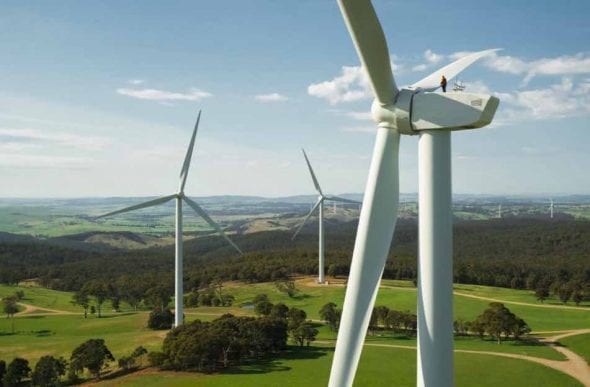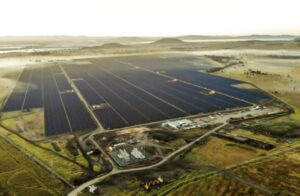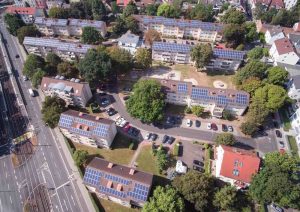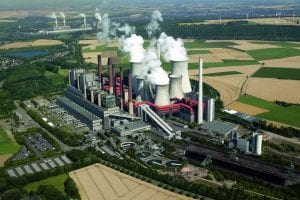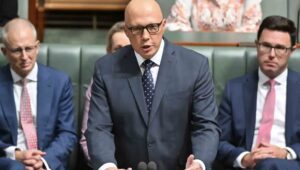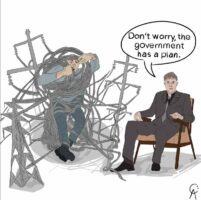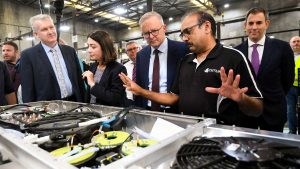Our land of sweeping plains is lucky enough to have some of the best energy resources in the entire world.
We’ve got everything: Wind blowing a gale along the Roaring Forties of the southern coastline, sun and surf that make our beaches a tourist drawcard.
But despite these natural advantages power prices have more than doubled in a decade. As old generators have steadily closed over the past decade, we haven’t invested in enough new generation to replace it.
We have energy resources in abundance, but are we actually smart enough to be the lucky country?
With the majority of Australians backing renewable energy, Malcolm Turnbull and Bill Shorten don’t need a weathervane to know which way the wind is blowing. At the moment it is at our backs.
Investment confidence has finally returned to the Renewable Energy Target (RET) and it is doing what it is supposed to do – delivering new renewables at the lowest possible cost.
But what comes next after a decade of the climate wars?
Many captains of industry are talking about the importance of certainty to rein them in again.
We are lucky that the Finkel review has given us another chance at lasting bipartisanship and enduring energy policy.
The Coalition party room has had the smarts to give in-principle support to 49 of the 50 energy market reforms proposed by Dr Alan Finkel.
It’s time to be practical, not political. Back the Finkel recommendations in full, and give us the green light to solve this problem and take Australia into the future.

